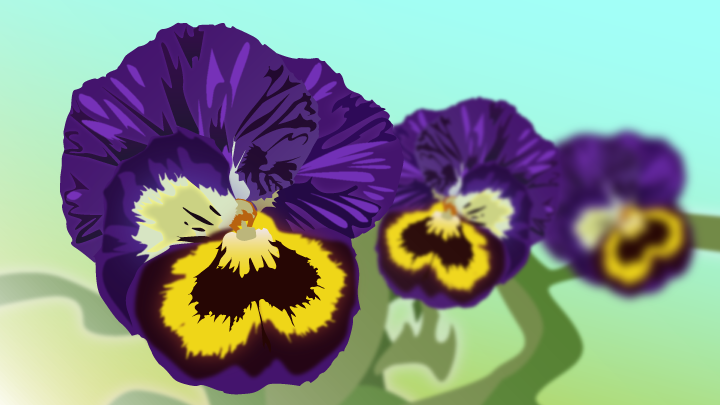|
|

|
// FLOWERS |
|

|
|
|
|
|
Violas are special because of their delicate yet resilient nature, making them a favorite among gardeners and flower enthusiasts. They come in a wide range of colors, including deep purples, bright yellows, soft blues, and striking bicolors, often with intricate patterns resembling painted faces. Their ability to thrive in cool weather and bloom for extended periods, from early spring to late fall, makes them a valuable addition to gardens and landscapes. Additionally, many violas, especially the sweet violet (Viola odorata), are known for their delightful fragrance, adding an extra sensory appeal to their beauty. |
|
|
|
|
|
Beyond their ornamental charm, violas also have historical and medicinal significance. They have been used in herbal remedies for centuries, particularly for their anti-inflammatory and soothing properties. Some species, like the heartsease (Viola tricolor), have been associated with folklore and symbolism, often representing love, remembrance, and thoughtfulness. |
|
|
|
|
|
|
Edible varieties are popular in culinary arts, where they are used to garnish salads, desserts, and teas, adding a touch of elegance and mild floral flavor. Their combination of aesthetic appeal, hardiness, and cultural significance makes violas truly special flowers. |
|
|
|
|
|
|
|
Do you enjoy reading the DailyBrain?
Please consider a small, no-obligation donation to support our mission of delivering wholesome, educational content. To learn more about our program, click here.
Thank you for your support! |
|
|
|
|
|
|
|

|
|
|
|
|
|
© 2025 DailyBrain.org Manage Subscription or Unsubscribe
PO Box 1355 |
|
|
|


